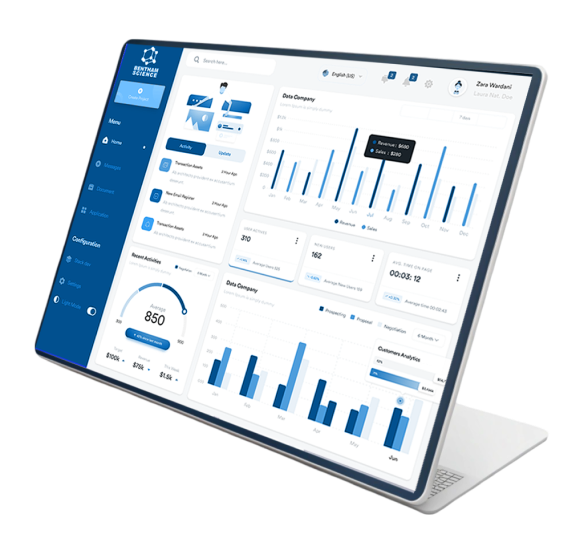Case Study

Rebuilding a global research platform with faster search, simpler editorial tools, and better performance across the world.

Rebuilding a global research platform with faster search, simpler editorial tools, and better performance across the world.

Bentham Science is a global publisher of peer-reviewed scientific and medical content. Their platform hosts thousands of journals, articles, and eBooks for researchers, authors, and institutions.
The original website had become difficult to manage. Search was limited. Editorial workflows were fragmented. And performance lagged, especially in low-bandwidth regions.
We partnered with their team to modernize the experience, making it easier to publish, browse, and manage content at scale.

Bentham’s existing platform made it difficult for users to find and access content. The interface was outdated, search functionality was limited, and performance was poor, particularly on mobile devices and in regions with low bandwidth. Internally, editorial workflows were fragmented across various tools, and the infrastructure made it difficult to manage content in real-time.
The team also needed to migrate a massive catalog of research material without losing structure or data. This included:
The platform had to handle a large, evolving catalog while staying accessible, fast, and easy to manage.
We worked closely with Bentham’s internal team across planning, prototyping, backend integration, and rollout.
We designed a mobile-responsive UI focused on clarity and scanability. Navigation and search have been reworked to surface the most relevant content more quickly.
We replaced fragmented workflows with a centralized dashboard. Authors, editors, and reviewers now get role-specific views, complete with submission tracking, peer-review assignments, and status updates.
We migrated tens of thousands of articles and journals using custom scripting. Everything from author metadata to SEO URLs and references remained intact and searchable.
We built custom APIs in C# and .NET Core to synchronize user accounts, subscriptions, and editorial records across old and new systems in real-time.
We supported the rollout with targeted emails, helping customers understand the new payment process and manage their subscriptions. This reduced drop-offs and helped build trust during a sensitive purchase journey.
We improved backend speed and visibility in one go, optimizing load times with CDN and caching, while giving admins live dashboards to track submissions, article views, and review activity.

The rebuild delivered measurable gains across performance, usability, and editorial flow:
We focused on how people actually used the platform. We considered how researchers searched, how editors managed submissions, and where delays were happening. The goal wasn’t to rebuild everything, but to improve what mattered most without disrupting what already worked.
The team modernized workflows, streamlined infrastructure, and enhanced global performance, all while maintaining synchronization with existing systems. The result comes with a faster, more scalable research platform that supports day-to-day publishing and long-term growth.
You don’t need to have everything mapped out. We’re happy to take a look, ask the right questions, and help you explore what’s possible.
Let’s Talk Today